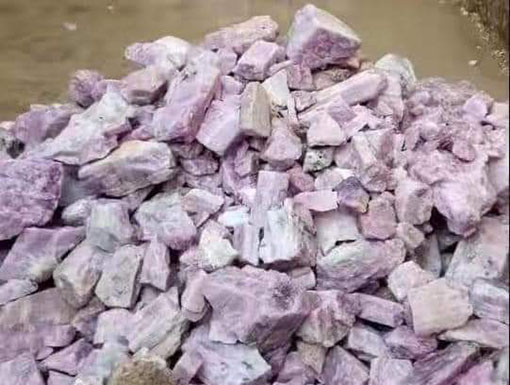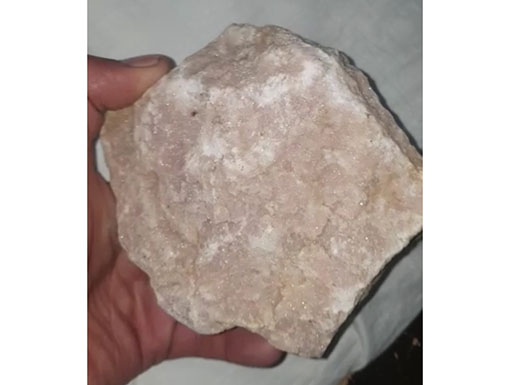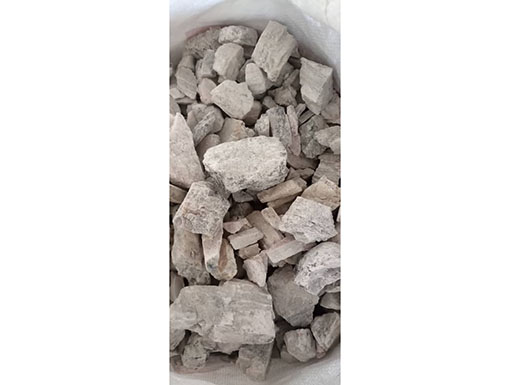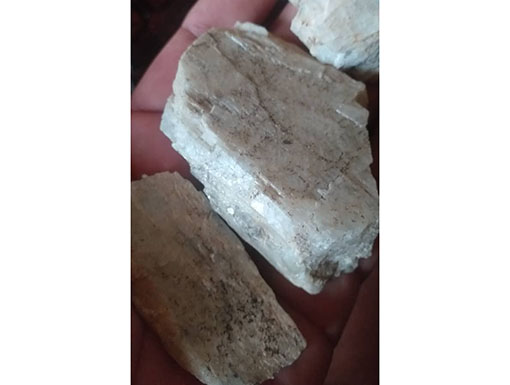Lithium
Lithium (from Ancient Greek λίθος (líthos) ‘stone’) is a chemical element with the symbol Li and atomic number 3. It is a soft, silvery-white alkali metal. Under standard conditions, it is the least dense metal and the least dense solid element. Like all alkali metals, lithium is highly reactive and flammable, and must be stored in vacuum, inert atmosphere, or inert liquid such as purified kerosene or mineral oil. It exhibits a metallic luster. It corrodes quickly in air to a dull silvery gray, then black tarnish. It does not occur freely in nature, but occurs mainly as pegmatite minerals, which were once the main source of lithium. Due to its solubility as an ion, it is present in ocean water and is commonly obtained from brines. Lithium metal is isolated electrolytic ally from a mixture of lithium chloride and potassium chloride.
Report of Analysis
(By SGS Pakistan Pvt. LTD)
Industrial Use

Batteries
Batteries are crucial components in consumer goods such as phones and laptops, in essential medical and industrial applications needing mobile and backup power supplies, the storage of renewable energy such as solar, and in Electric Vehicles (EVs).
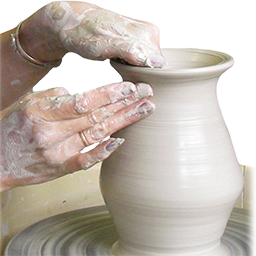
Ceramics and Glass

Metallurgy
Lithium (as lithium fluoride) is used as an additive to aluminum smelters (Hall–Héroult process), reducing melting temperature and increasing electrical resistance,[166] a use which accounts for 3% of production (2011).[53]
When used as a flux for welding or soldering, metallic lithium promotes the fusing of metals during the process[167] and eliminates the forming of oxides by absorbing impurities.[168] Alloys of the metal with aluminum, cadmium, copper and manganese are used to make high-performance, low density aircraft parts (see also Lithium-aluminum alloys)

